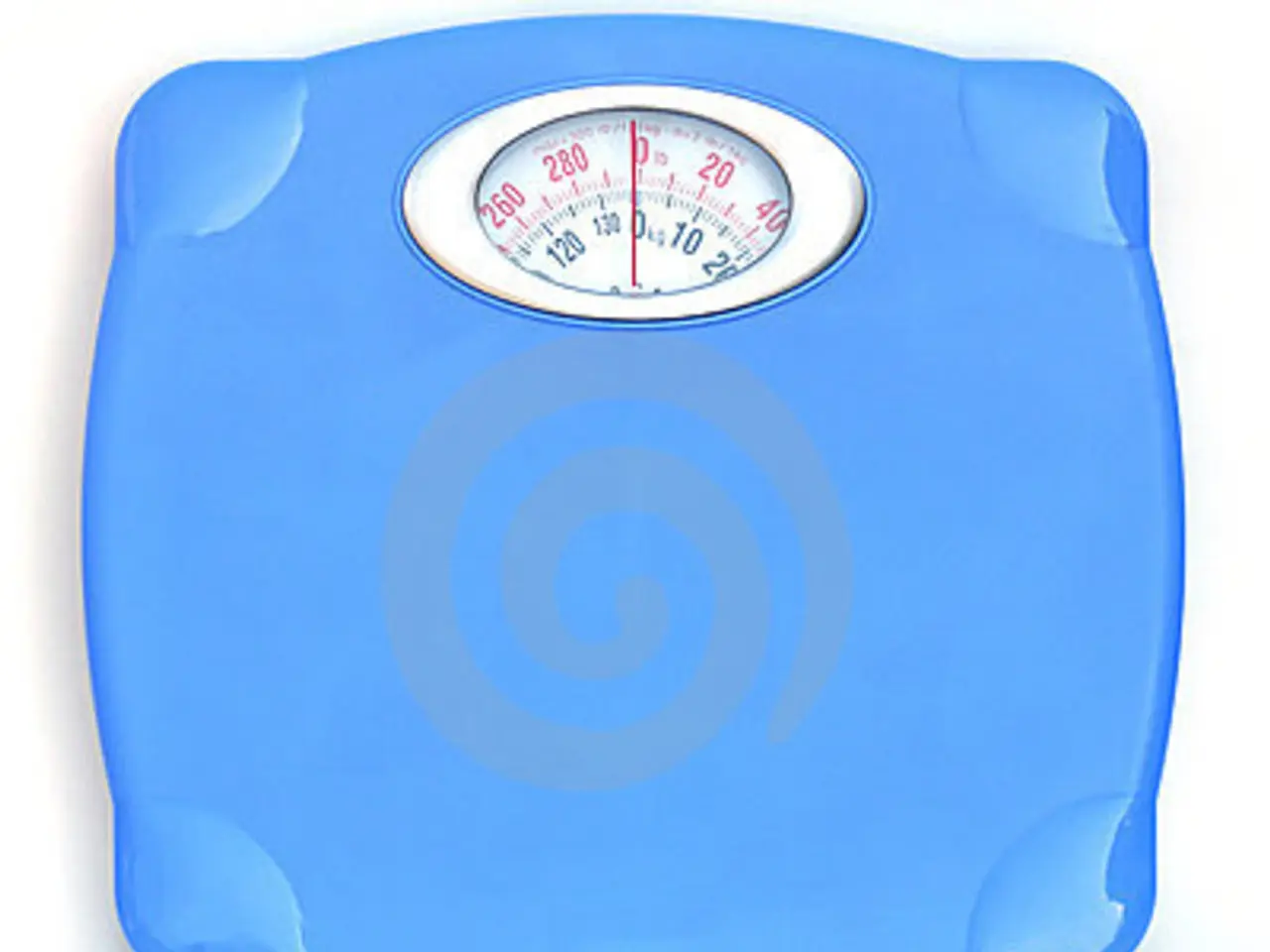Women's Body Mass Index (BMI): Operation and Insights into Health Condition
Body Mass Index (BMI), a widely used measure of health, has long been a go-to tool for assessing a person's weight status. However, for women, the accuracy of BMI as a health indicator can be questionable due to several key limitations.
Firstly, BMI does not differentiate between muscle and fat. This means that highly muscular women, such as athletes or bodybuilders, may have a high BMI but be in excellent physical condition. Secondly, BMI does not consider where fat is stored on the body. For women, visceral fat, which is stored around organs and the abdomen, is a more important predictor of health risk than total weight.
Moreover, BMI does not account for factors like age, sex, or ethnicity. BMI was originally developed based on white European men and does not adjust for changes in body composition that occur with age, or variations in body type across ethnic groups and genders. These factors affect the relationship between BMI and actual health risks.
As a result, many individuals with an overweight or obese BMI are otherwise healthy, while some with a normal or low BMI may have significant health issues. BMI correlates imperfectly with health outcomes and does not directly indicate metabolic or cardiovascular risk.
In light of these limitations, methods that directly measure body fat, such as bioelectrical impedance analysis (BIA) or dual-energy X-ray absorptiometry (DEXA), provide a more accurate assessment of health risk than BMI. Studies have shown that body fat percentage better predicts mortality risk and heart disease than BMI does.
For women, particularly those who are athletic or have altered body composition, measures like waist circumference, body fat percentage, and metabolic markers offer a more nuanced and accurate picture of health. Thus, reliance on BMI alone may lead to incorrect assumptions about a woman’s health and risk factors.
It is important to remember that BMI is often used by doctors as a quick health assessment for the general population. However, for a more precise understanding of a woman's health, additional measurements such as waist circumference, body fat percentage, and metabolic markers should be considered.
In practical terms, to find out your waist circumference, place a tape measure around the smallest part of your waist, which is typically above your belly button. To find out your hip circumference, measure the largest part of your hips, typically the widest part of your buttocks. Divide your waist circumference by your hip circumference to calculate your waist-to-hip ratio (WHR).
For a more detailed body composition analysis, methods like DEXA or skinfold calipers, performed by an athletic trainer, can show what your body fat percentage is and if you have more muscle density than what your BMI indicates.
In conclusion, while BMI remains a convenient and widely used tool for health assessment, its limitations for women, particularly in differentiating between muscle and fat, disregarding fat distribution, and ignoring individual biological differences, highlight the need for more nuanced and accurate measures.
- Despite being a commonly used health indicator, Body Mass Index (BMI) is questionable for women, as it doesn't differentiate between muscle and fat, which can lead to inaccurate health assessments for muscular women like athletes or bodybuilders.
- In the realm of health-and-wellness, particularly for women with altered body compositions, measures like waist circumference, body fat percentage, and metabolic markers offer a more nuanced and accurate picture compared to BMI, as they provide insights into fat distribution and muscle density that BMI overlooks.




